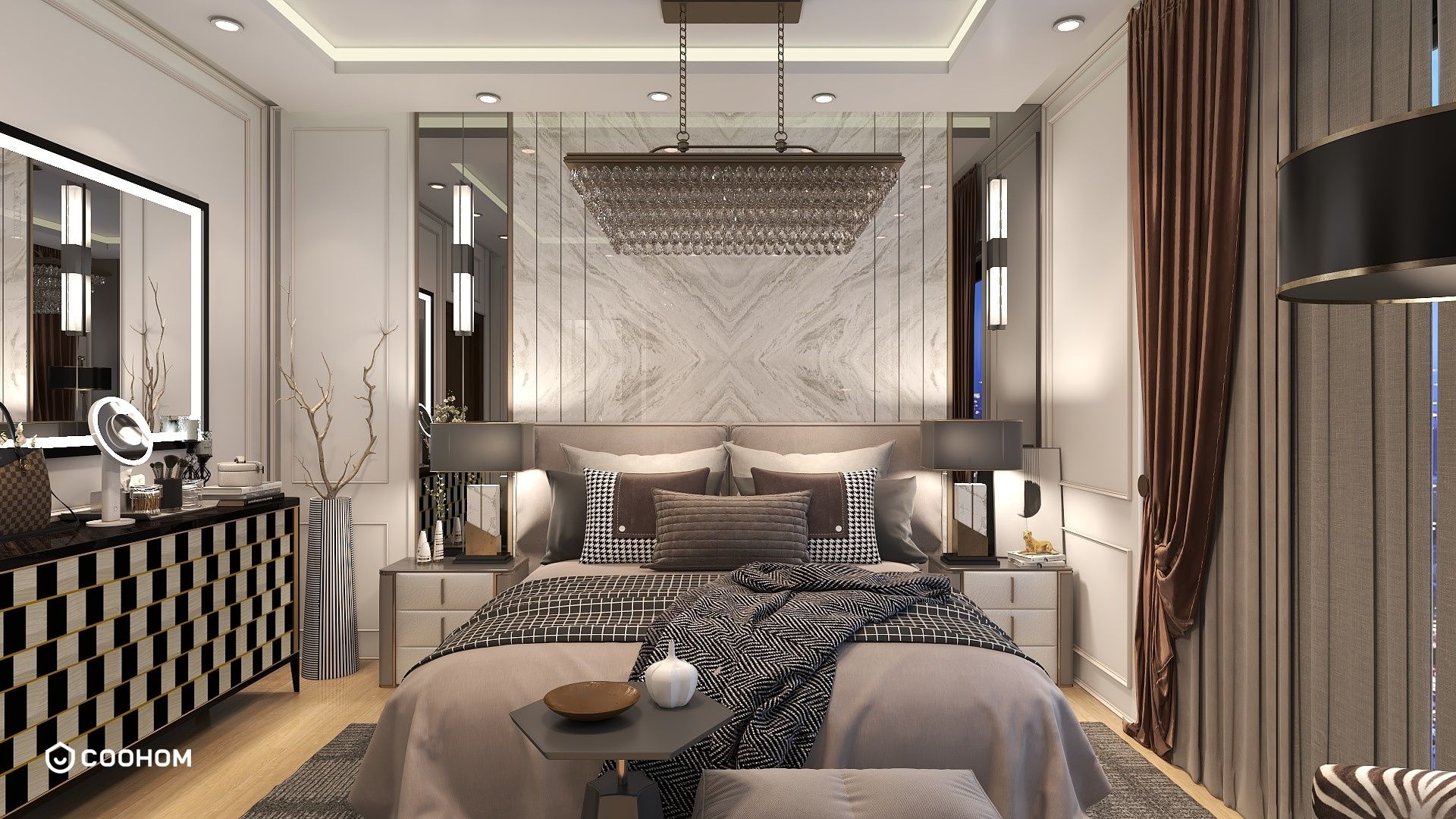Essential Guidelines for Lecture Hall Design: Creating Functional and Engaging Learning Spaces

Lecture hall design is crucial for fostering an effective learning environment. With the right design, you can create a space that not only enhances the teaching experience but also engages students in meaningful ways. Whether you're designing a new facility or renovating an existing one, there are several key guidelines to consider when planning your lecture hall.
1. Layout and Seating Arrangement
The layout of a lecture hall plays a significant role in how information is conveyed. Consider the following:
- Tiered Seating: This arrangement allows all students to have an unobstructed view of the presenter. It also improves sightlines and acoustics.
- Flexible Seating Options: Incorporate movable furniture that can be easily rearranged for group discussions or collaborative learning activities.
2. Acoustics and Sound Design
Effective sound distribution is critical in a lecture hall. To achieve this:
- Use Acoustic Panels: These can help absorb sound and minimize echo, ensuring that all students can hear the lecturer clearly.
- Consider Sound Systems: Invest in high-quality microphones and speakers to enhance audio quality, especially in larger halls.
3. Lighting Considerations
Proper lighting can significantly affect student engagement:
- Natural Light: Maximize natural light through windows or skylights to create a pleasant atmosphere. However, ensure that glare is minimized on screens or whiteboards.
- Adjustable Lighting: Include options for dimmable lights to allow for different teaching styles and activities.
4. Technology Integration
Incorporating the latest technology can enhance the learning experience:
- AV Equipment: Ensure that projectors, screens, and other audiovisual equipment are easily accessible and user-friendly.
- Wi-Fi Access: Provide strong internet connectivity to support students' devices during lectures.
5. Accessibility Features
Designing an inclusive space is essential:
- Seating for All: Include designated seating for individuals with disabilities, ensuring they have proper sightlines and access to exits.
- Accessible Technology: Ensure that all technological features are usable by everyone, including those with visual or hearing impairments.
6. Environmental Sustainability
Consider eco-friendly materials and designs:
- Energy-Efficient Systems: Install energy-efficient HVAC systems and lighting to reduce overall energy consumption.
- Sustainable Materials: Use recycled or sustainable materials in construction and furnishings to minimize environmental impact.
7. Comfort and Aesthetics
Creating a comfortable environment is vital for learning:
- Ergonomic Furniture: Use comfortable chairs and desks that support good posture during long lectures.
- Color and Design: Choose colors and designs that are visually appealing and stimulate learning.
FAQ
Q: What is the ideal size for a lecture hall?A: The ideal size depends on the number of students you plan to accommodate. Aim for a space that balances student comfort with the ability to engage effectively.
Q: How can I ensure my lecture hall is technology-ready?A: Work with IT professionals early in the design process to integrate AV systems, Wi-Fi, and other technologies seamlessly.
welcome to Use No.1 Room Design Software
Please check with customer service before testing new feature.

